My wife and I used to live in a tiny, cramped apartment in Utsunomiya, Tochigi prefecture. But a year after we got married, we decided it was time to spread out and move into a house. We thought about renting a slightly bigger and much more expensive apartment, or moving into my mother-in-law’s older traditional wood-framed house that looked like it came right out of an ukiyo-e, but neither of these options would give us the space that we wanted. To get the most bang for our buck in terms of roominess, we decided buying a brand new house – rather than one that was pre-owned – was the best way to go. And so that is what we did. Now I’m here to tell you what we learned along the way.
The advantages of buying brand new
Like I said, a big reason for buying new was the need for more space at a cost we could afford, but there were other reasons too. For starters, Japanese construction companies are often tied to technology companies, whether through subsidiaries, corporate parents, or just business-to-business wheeling and dealing. What this means for you, the house buyer, is that new houses are often built with the latest generation of earthquake-proofing, fire-proofing, child-proofing, and whatever other disaster proofing materials have been developed in the recent past.
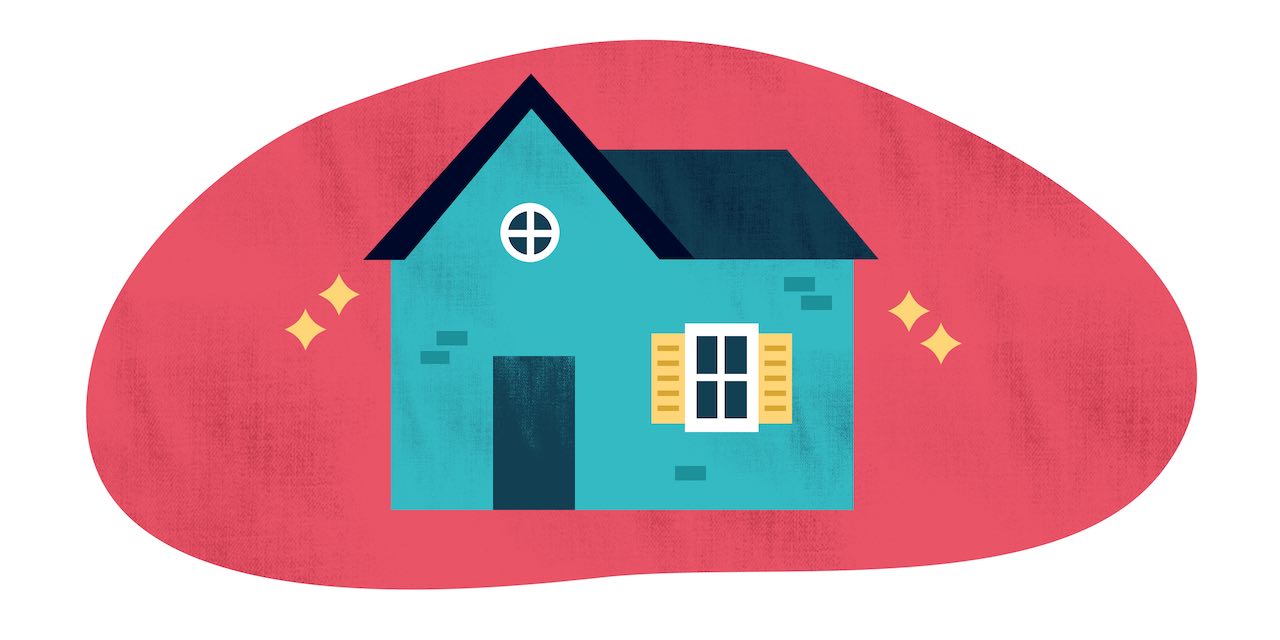
Also, new energy-saving technologies, like solar panels, will be available for less than it would cost for a later retrofit. The same applies to smart technologies – some of which, like auto-filling baths and washlet-enabled toilets, have become standard – but, again, the technology is always evolving and newer houses have better tech.
And then there is the after-market care. You may have heard stories about Japanese customer service and how it extends well past the sales point. It’s true in the case of houses. Representatives are available to deal with any eventuality – earthquake, flooding, new baby that needs a child-proofed home – for the full lifespan of the house. This can be invaluable, as in the cases after the 2011 earthquake, when house company representatives made their rounds to ensure that their houses were still standing. Having a person or team available to make sure your home is still safe after such an enormous event can be invaluable for peace of mind.
…the biggest reason to buy a new house, and one that most affected my decision, is that they are built to maximize space.
But like I mentioned above, the biggest reason to buy a new house, and one that most affected my decision, is that they are built to maximize space. Traditionally, the typical Japanese house was a variant on a farm house or workspace. So you would have the living quarters, storage areas (for rice harvests and the like) and the workshops all on the same plot of land, or tochi 土地 . Over the years, as Japan’s culture and businesses have changed, the size of housing lots has shrunk. Modern houses have changed to reflect these smaller lots, eschewing traditional layouts for additional rooms and better storage on the upper floors. And, for me, that was key.
Ok. We’ve decided on a new house because it has all the latest goodies, comes with aftermarket care, and has all the space a family needs. Now we get to go shopping, right? Nope, not yet. First let’s make sure you’re eligible to buy a house in Japan.
Are you qualified?
House prices in Japan are not cheap, so unless you’ve got a heap of cash, you’ll need to borrow money from a bank. In order to get a loan from a bank in Japan, you'll need a stable job, a long-term visa (spousal or permanent resident), and a Japanese sponsor of some kind, like a spouse or parent-in-law. This is not to say that a foreign couple on work visas can’t buy a new house – it’s perfectly legal – but they will either have to come up with the cash, or perhaps find another way to get financed outside of Japan.

Another thing to consider is your age – most banks in Japan require the borrower to be at least 20 years old at the start of the loan, and no older than 65–70 years old by the end of the lease’s term. And if you don’t speak and read enough Japanese to understand their explanation of the mortgage, some banks won’t give you a loan (but some will – just do your research). Here’s an article that compares three banks and their policies on these issues.
Assuming you meet bank requirements, how much will you need for a down payment? Circumstances differ, but you should expect to put down between 10%–30% of the value of the home as a down payment on a 30–35 year mortgage.
If you don’t speak and read enough Japanese to understand their explanation of the mortgage, some banks won’t give you a loan…
One more thing to note is that Japanese houses do not have the same resale value that houses (sometimes) have in Western countries. Generally, in Japan it’s understood that the land underneath the home is valuable, but the building is replaceable. Therefore, it is not often a good idea to build a house in Japan with an idea towards selling in a few years and moving on. If you are going to build a house here, you should probably plan on living in it for the duration of your mortgage. That’s not a legal mandate, just a good idea to avoid losing your money on a rapidly depreciating asset (like buying a car, the house begins to lose its value the second it is completed).
Okay, so you have the money on hand, you have a stable job, you have a sponsor (your spouse, your boss, your tipsy uncle-in-law with more money than sense), and your visa is sound. It's time to go house-hunting now, right? Not quite yet. First you have to make some decisions.
Which type of new house to buy
The first choice you need to make before actually plunking down any money is which type of new house you want to buy. There are two ways to go:
- Buy into a neighborhood development
- Hire a construction company to build a custom made-to-order home
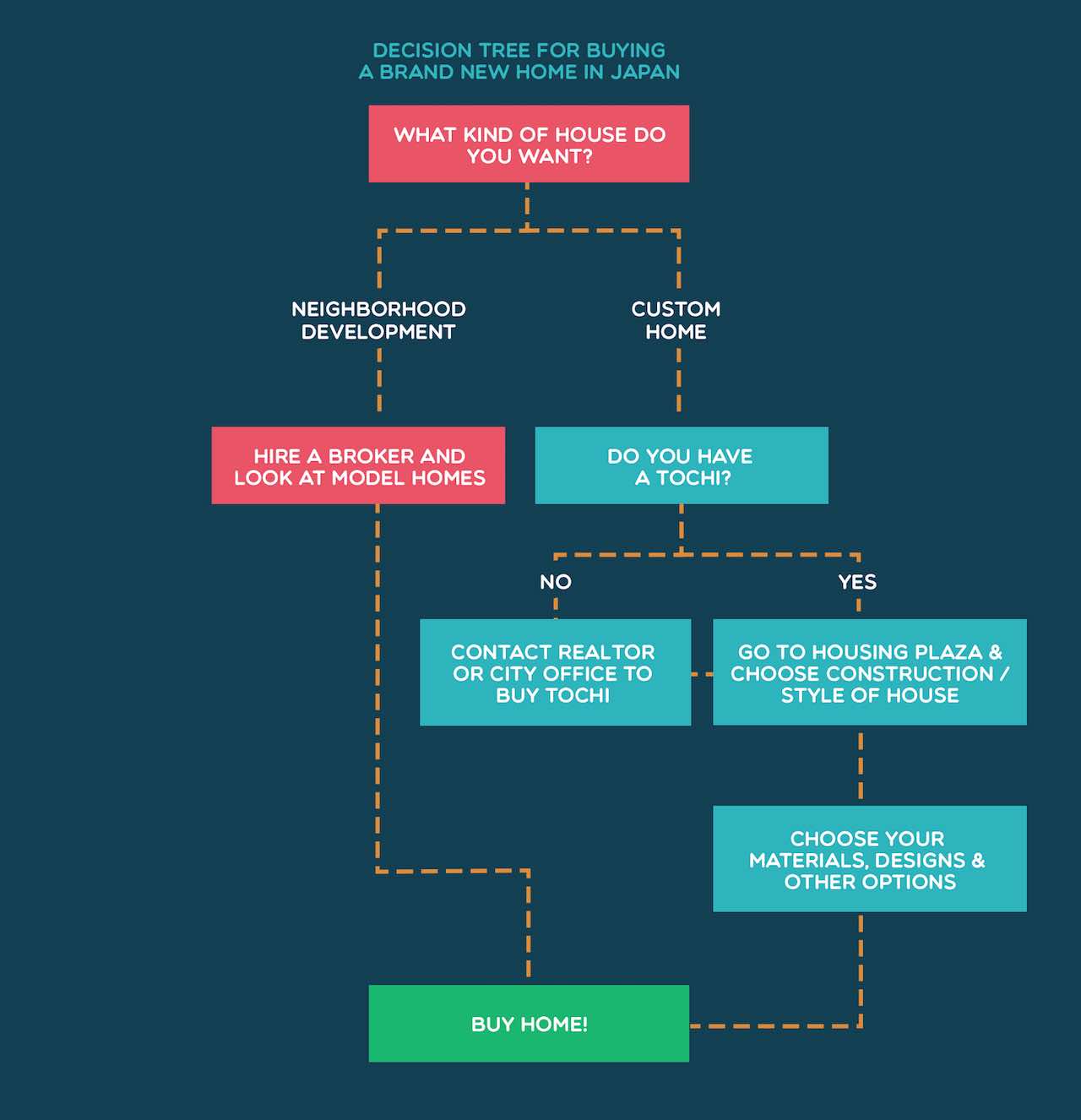
Buy into a Neighborhood Development
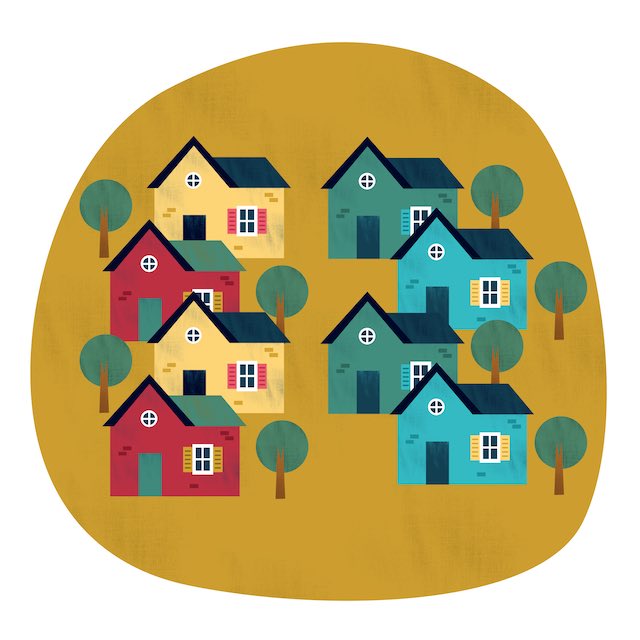
Buying into a neighborhood development means just that. It’s similar to a planned subdivision in the United States, but with more perks and protections. A developer comes along and buys up a big chunk of land. They then decide on a small range of model homes (three to six in my experience) with assorted options, and they build a few of these models to show off. What’s so good about this option?
- The developers take care of all the little details like electricity and water.
- Their designs will be up to local standards and codes.
- The houses will be individual within specific designs.
- Gardens and driveways are included in the package price.
- Most developments have small parks or play areas built as part of the neighborhood.
This system has its appeal mainly in its hassle-free shopping. A planned neighborhood takes care of all the little details, while building a made-to-order house (which is what my wife and I opted for) leaves the details to the buyer. For example, there is a set of laws in Japan designed to limit the amount of shade your house casts on neighboring lots. These laws regulate the total amount of square footage all buildings can be – their height, their distance from the street, etc. In building my house, we had to revise our design several times to stay within the limits of these laws. When buying in a planned neighborhood, however, the designs have already accounted for these factors, removing one of the most stressful (and confusing) aspects of building a home.
The other big advantage for many people is that these developments are usually located near large employers. Here in Tochigi prefecture, there are several in and around our industrial corridor where companies ranging from Honda to Toshiba have large R+D centers. This means that by buying into one, you are living near your co-workers who have the same concerns, lifestyles, and schedules as you, leading to a much less stressful life. Or so the thinking goes.
If, however, this pre-planned option does not appeal to you, there is always option two: having your own unique and customized home built by a specialist construction company.
Hire a Construction Company to Build a Custom Made-to-Order Home
Before we get too deep into what this option looks like, we need to look at one key question – do you already have a tochi? You will need one if you’re going to have a house built for you. In many cases (such as yours truly), your tochi comes from the family you married into.
First the plot, then the house

Traditionally, Japanese homes were built from wood and paper and were designed to be torn down and rebuilt in the same spot every 30 years or so. Often sons (or daughters) would take over as they grew their own families and replace the old house with a new one. And while modern houses can last quite a bit longer than 30 years, it is still common to tear down and rebuild on the same tochi.
In my case we did just that. We built a bigger, more modern home in place of my wife’s parents’ more traditional home, and we all moved into the new house. If you already have a plot of land to build on, congratulations! Skip the rest of this section and go to The Housing Plaza Experience.
If, however, you do not have a tochi already, you'll need to sort that out before doing any more house shopping. The reason is that the size of the plot and the area in which it sits determine a whole lot about what kind of house you will be allowed to build. (Remember what I said above about new neighborhoods, where all that stuff is already factored into the house sale?)
So, how do you buy a tochi? Well, there are a few different ways:
- Find an available plot and call the number on the real estate sign.
- Contact any realtor and ask about the lot you are interested in.
- Call the city office and ask if they know of any plots for sale. (They will.)
- Go to a neighborhood development (mentioned above) and get a plot, home, and landscaping all in one convenient package.
But, for now, let's assume you have the plot and you are ready to build your house. Who are you going to ask to build your house? The following section explains several national home construction companies in Japan, each with their own specialty and proprietary technologies. You can find the following construction companies all across Japan, not just in my neck of the woods.
Okay, now the house, via the housing plaza experience

Imagine a broad, well-lit street lined on either side by large, stately homes featuring immaculate gardens, spotless windows, and invitingly open entryways. Now throw in a heaping handful of signboards, displays of giveaways, and smiling besuited representatives bowing and shouting "Konnichiwa!" at the merest hint of eye-contact. Welcome to TBS Housing at Bell Mall in Utsunomiya, a perfect example of a model home plaza in Japan.
Each of the 18 homes on display in the plaza was built by a different company and designed to show off that company's designs, materials, and (proprietary) technologies. The houses are big, much bigger than the average Japanese home, and fully furnished so as to give the prospective buyer ever more ideas and understanding of what the company can do for them and their lifestyles.
And, to be honest, the prospect of looking through 18 homes (and listening to 18 sales pitches) can be daunting. It's best to go into the TBS plaza with some firm ideas on what you are looking for in terms of price, space, and design.
Let's pretend that you are looking for a mid-range home, on a standard-sized tochi, with a mix of traditional and modern elements. In other words, let's do exactly what I did and aim for the middle of the road.
Half-floors? Yep, half-floors
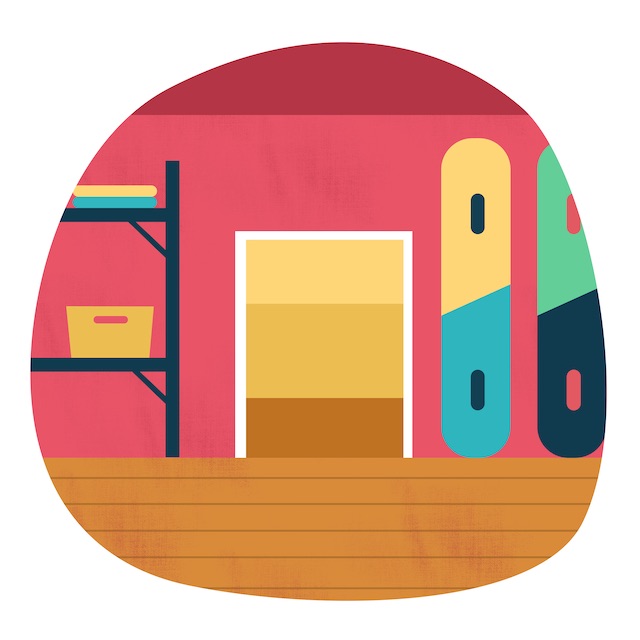
The model house for Misawa Homes looks very inviting. It features large windows, bright, high ceilings, and lots of wood construction. But Misawa Homes understands a thing or two about Japanese tax law and they have a plan to help you. You see, Japanese tax code mandates that a floor (as in first, second, third) must be taller than a certain height in order to be taxable.
Misawa Homes has taken this as an opportunity to build half-floors, accessible from bedrooms, the kitchen, and the living room. These half-floors are under 140 centimeters tall, and thus exempt from taxation. (This is true in many cities, but the number can differ slightly from city to city, and some areas like Otu-ka in Tokyo don’t allow these “half floors” at all. Check with your local broker to see how it works in your neighborhood.)
And what should you do with a half floor or three? Well, Misawa Homes has some examples, such as a half-floor storage area for suitcases and winter clothes, and a half-floor play area for a toddler, where one wall has been replaced with a large half-window. Or, through a half-size door, they offer another storage area off the kitchen for snowboards and golf clubs.
You Want to Put a Garden Where?

A garden is tempting, to be sure. Down the street at Hebel Haus they do not offer half-floors. Instead, they show off their rooftop garden. For a bit of extra cash, you can have a garden, complete with lawn and flower beds, on the roof of your house. Perfect for those whose tochis are too small to have a generous yard behind the house.
But that is not all that Hebel Haus has to offer. They have an entire section of the ground floor as a cut-away to show off how they handle earthquakes. They use a concrete foundation and a technology they have developed that lets the panels that form the walls of the house slide against each other, relieving the pressure and tension caused by a large quake and leaving the house relatively unscathed.
Fireproof!
Speaking of earthquakes, Panahome goes one step further. Not only do they have a (different) technology for dealing with earthquakes, they use special ceramic alloy tiles on the outside of the house, making it just about fireproof. In fact, most of their propaganda talks about “proof.” Fireproof, earthquake

proof, flood proof, and so on and so forth. Their ceramic alloy tiles are built to both withstand and protect occupants from all the assorted disasters. I asked my rep if the house would be Godzilla proof. “As long as he doesn’t step directly on the house, it should be ok.” I don’t think he was joking.
Furthermore, Panahome uses steel girders in their construction, which a lot of smaller (cheaper) companies do not do. Traditionally, wooden beams form the bones of the house leading to collapse during disasters of all sorts. With steel bones, the houses not only last longer and are safer, they are easier to rebuild and to reform.
Making the Decision
Let's say that out of these three options, Misawa Homes is the one that hits nearest to your heart. After all, you've got all these old snowboards lying around waiting to be stuck in a half-floor storage room. We've now arrived at the point where the representatives have your information on file and are beginning to talk numbers with you. They will bring in architects and bank loan officers to help make sure that they can build a house for you. It helps that the home building companies work in close concert with the banks, often having business-to-business relationships that facilitate buying a new home.
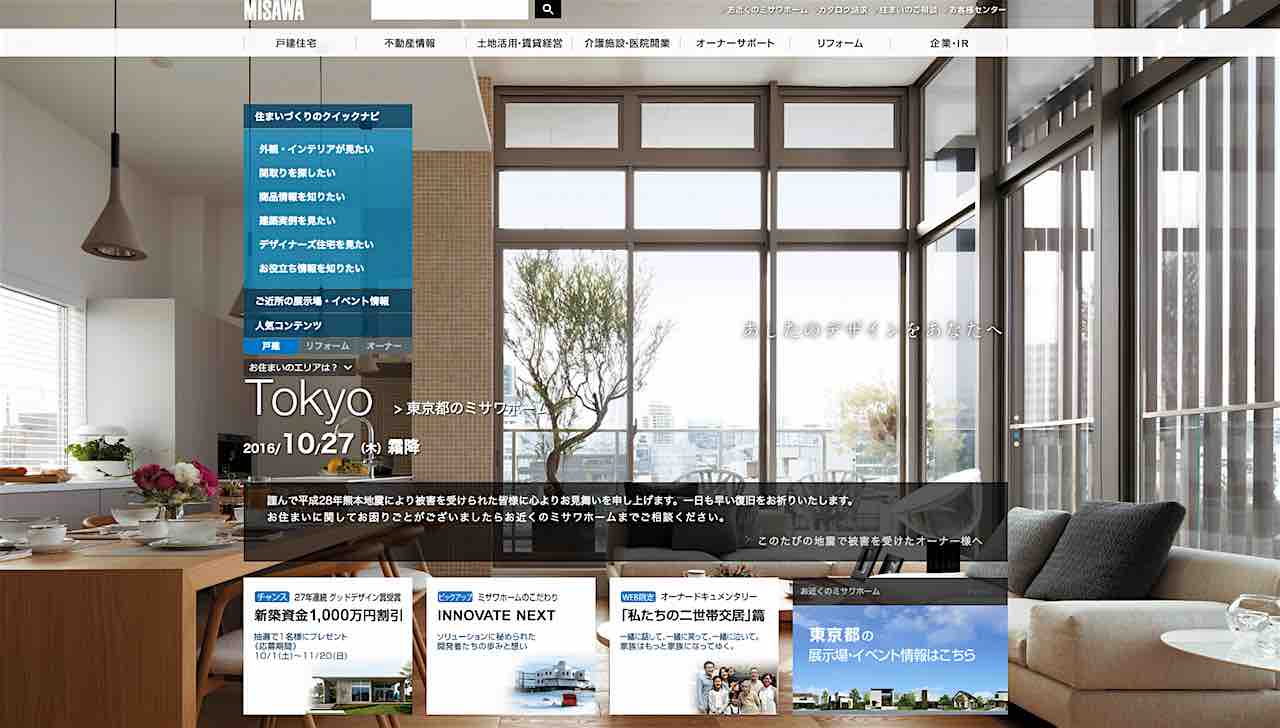
Once all the numbers have been sorted, you stamp your seal on the agreements and, congratulations, you are now a homeowner! Or you will be, just as soon as you have gone over every little detail of the architectural plans, met with the decorators, and had your tochi blessed by the local Shinto priest. (Seriously.)
So there you have it – how to buy a new home in Japan. Except I promised, way back in the introduction, to share some of my experiences with you, both good and bad. So here are a few things that we got right and a couple that we got wrong.
Triumphs and Fails
We opted for Panahome. Overall, it’s been a positive experience and I don’t hesitate to recommend them. For us, they provided a good balance between modern tech (fireproof!), future changes (like adding rooms or changing the interior layout), and price (not cheap, but affordable). But…

I can't change anything in my house
All that proprietary tech can come back to bite you. In my house, all the fixtures – the light switches, the wallpaper, the Internet junction box – are designed and sold by Panahome. And while that seemed really neat when walking through the model home, in reality, not being able to run down to the hardware store to quickly and easily change elements of my house is a real pain. Instead, I have to call my representatives, who may or may not have a ready-made solution, and together we have to resolve or find a work-around. Not fun.
Beware of Assumptions, Yours and Theirs
I was insistent that every room have a TV antenna outlet, phone jack, and ethernet jack wired in. The company said no problem, and that was that. Until they wired the entire house and then asked me where they should put the Internet junction box (literally a beige box that held the terminals of all those wires).
They assumed I had realized they would need to put the box inside, like they do in Japan. I had assumed the box would go someplace out of the way – under the stairs or somewhere else hidden – like we do in the US. We settled on a hallway upstairs, where it annoys me every time I see it. Which is several times a day. The point is, neither the designers nor myself ever thought to question our assumptions on how houses are built.
For another example, take the utility pole in my front yard. Nobody mentioned it until the day the guys came to put it in. They asked, "Where do you want it?" and I said, "I don’t." It now sits in my front yard, annoying me only slightly less than the stupid Internet box.
Triumphs!

On the other hand, my wife and I, with the help of our architect, massaged our design just enough that we could have a small, finished attic installed. It's not big, but it's big enough for suitcases, Christmas tree ornaments, and all the other occasional things that don't need to take up closet space. We were also able to have a yuka danbo 床暖房, or heated floor, installed as part of our dining room area. It counts as a triumph because it was a last-minute decision that we opted for regardless of price.
These are things that I never would have thought to ask for, first because I’ve never lived anywhere with an attic, and second because I didn’t know they existed. Again, question your assumptions. The things the builders here can do are different from what the houses I grew up in had – and that’s both good and bad. With proper consideration and thought, you get warm, toasty feet. Without it, you have a horribly ugly box failing to hide all your Internet gear.
Finally, whenever I have a question about my house or I need something done, I call my representatives at Panahome. We make an appointment and they come to the house to talk about whatever it is that I need. Sometimes, when it’s easy and cheap, like when I wanted new ceiling fans put in, they’ll do it for free. Other times, like after the March 11, 2011 earthquake, insurance takes care of the cost. And yet other times, they’ll quote me a figure for whatever it is I’m after and I’ll change my mind and decide that my dog doesn’t need a slide from the upstairs balcony after all.
So. Would I buy a house in Japan again? And would I do it the same way? Yes, and most emphatically, yes. There’s a saying which translates roughly as, “The third time you build a house is the first time you get it right.” And I'm ready to make all new mistakes on house two – I've got some designs right here.
Postscript: Is Now a Good Time to Buy?
Yes, yes, yes!
For the past few years, the Japanese government has been introducing measures aimed at stimulating its stagnant economy. One set of these measures has reduced mortgage rates again and again so that, at this very moment (late 2016), government guaranteed "Flat 35" fixed interest loans are at an average of 1.25%. This, in turn, has prompted a wave of buying and refinancing, leading to competition between the banks for customers, with the result that many banks are offering loans at less than 1%. It is not an easy thing to do, buying a house, and it is not something that should be entered into without careful consideration and forethought, but it's never been easier to do so. Good luck!
